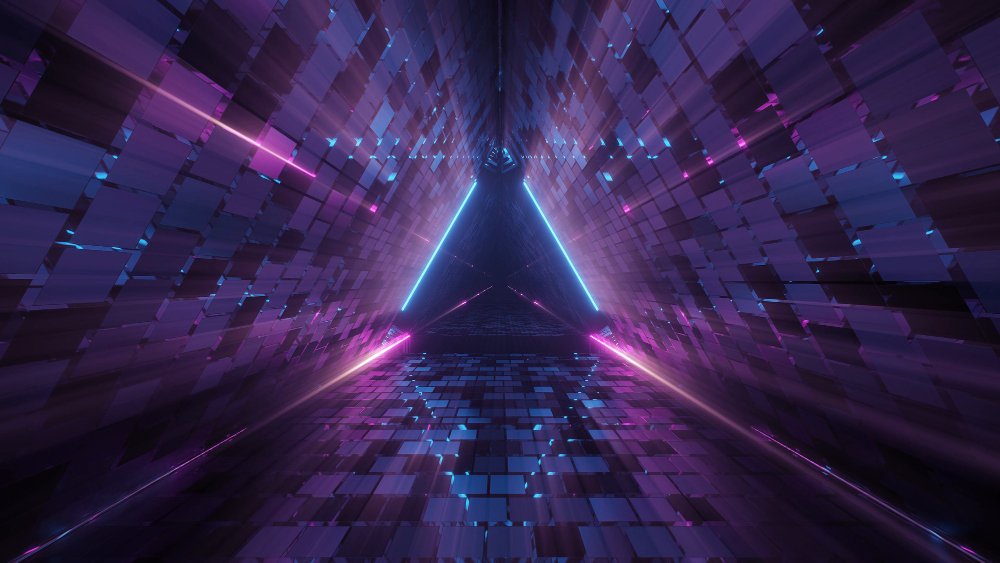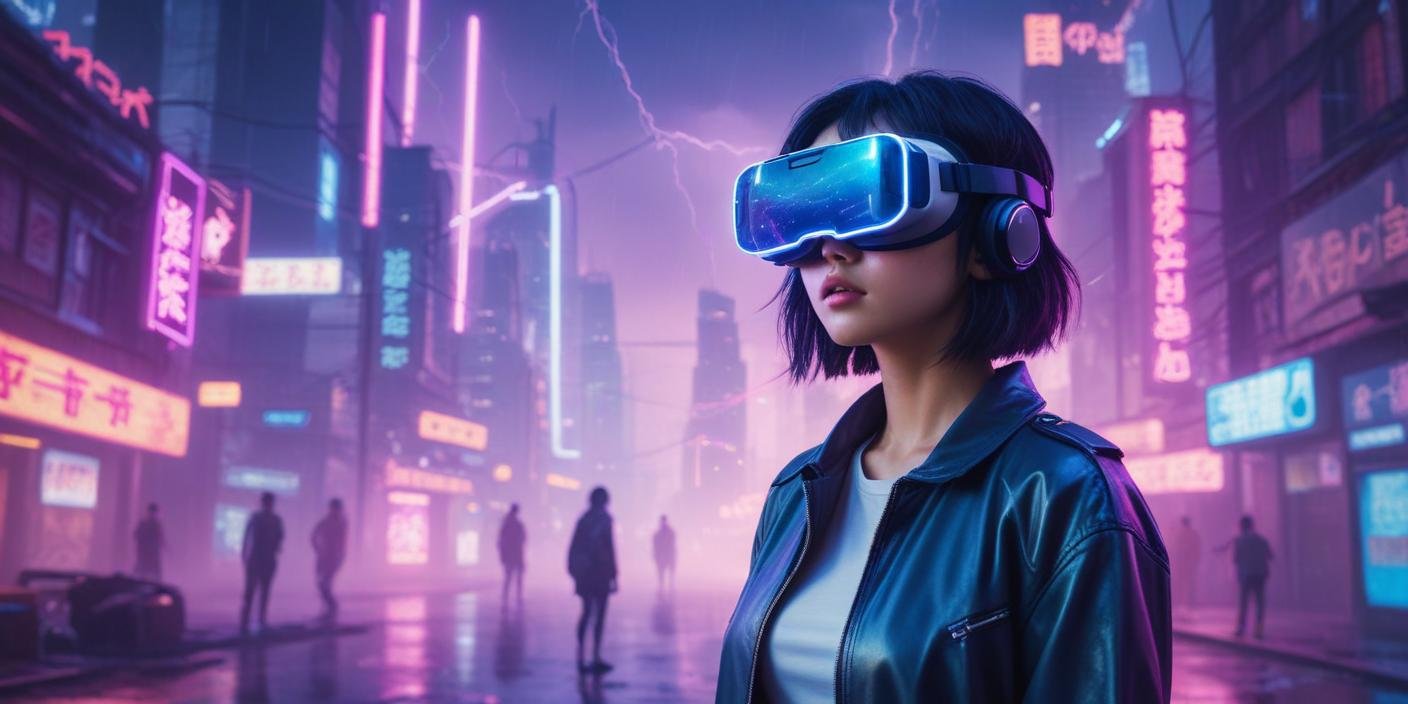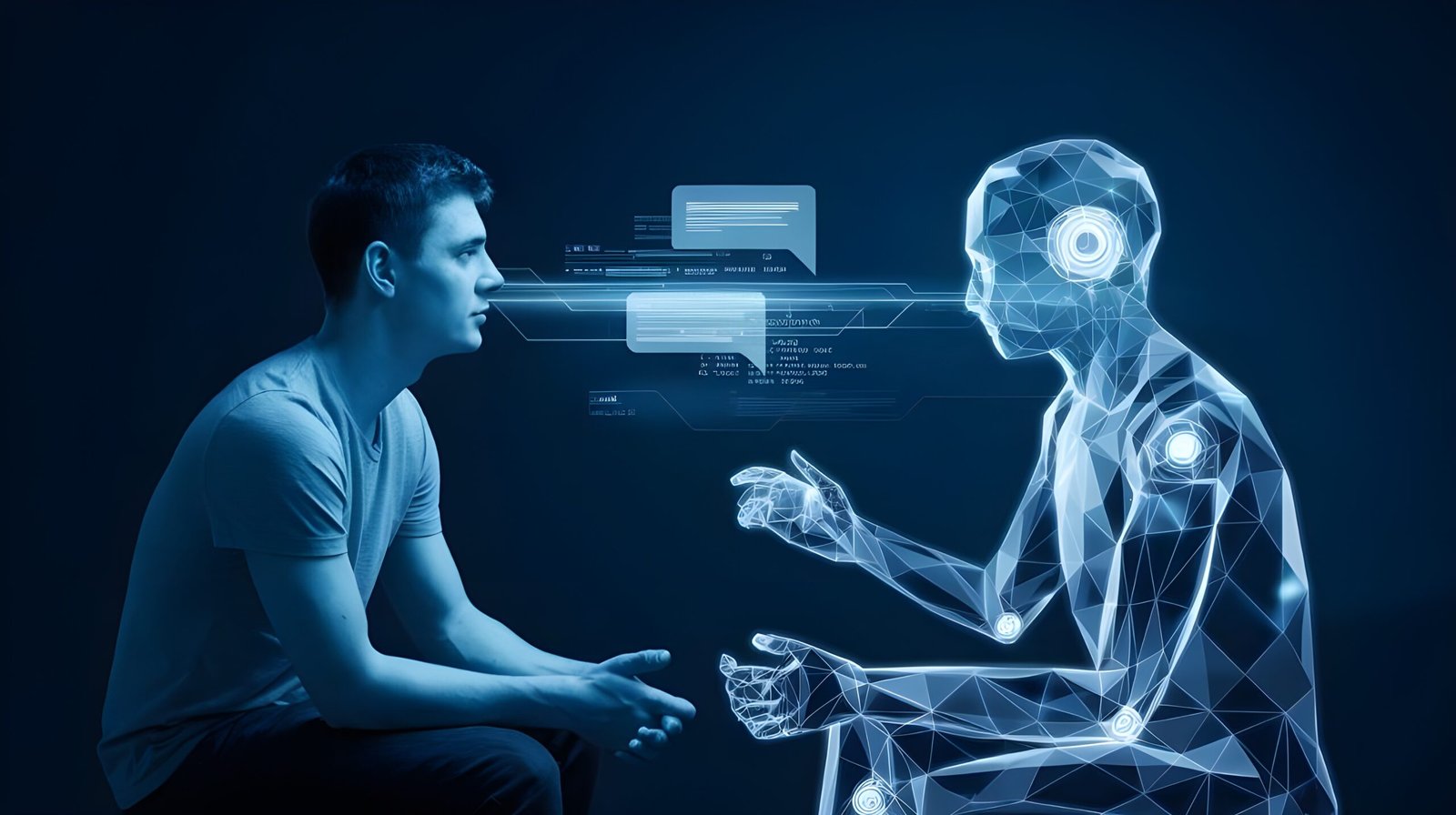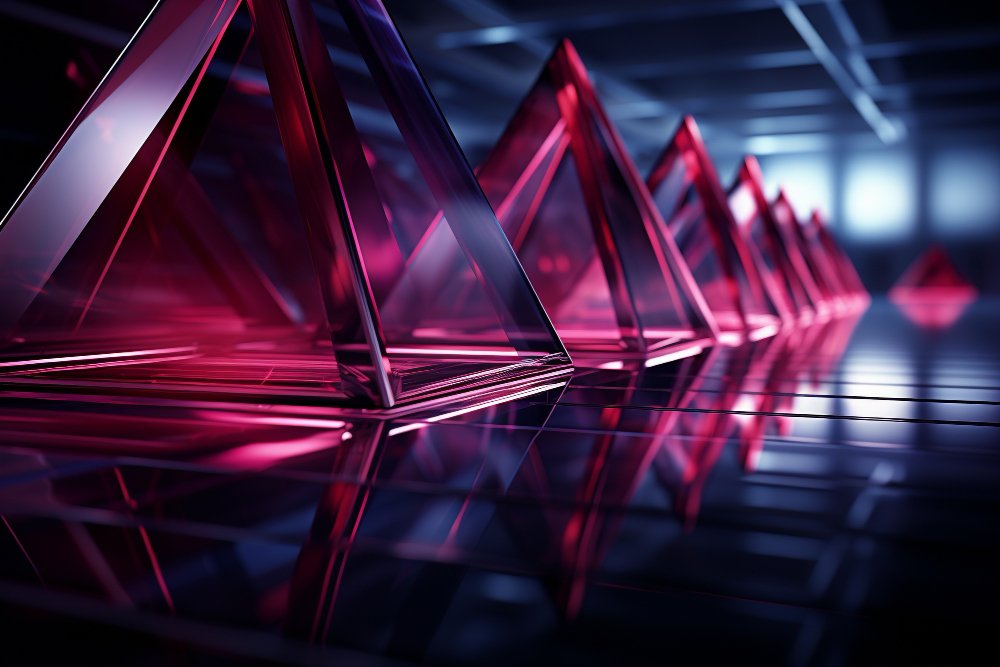In recent years, generative AI has emerged as a groundbreaking force in various creative fields, and motion graphics design is no exception. This technology enables designers to create compelling visual narratives with unprecedented efficiency and creativity. As generative AI tools continue to evolve, they are transforming the way motion graphics are conceptualized, produced, and delivered. In this article, we will explore the impact of generative AI on motion graphics design, its benefits, challenges, and what the future holds for this dynamic field.
What is Generative AI?
Generative AI refers to algorithms that can generate new content, whether it be text, images, or motion graphics, based on existing data. These systems learn from vast datasets, identifying patterns and structures that allow them to produce original work. In motion graphics, generative AI can automate repetitive tasks, suggest design elements, and even create entire animations, thereby enhancing the creative process for designers.
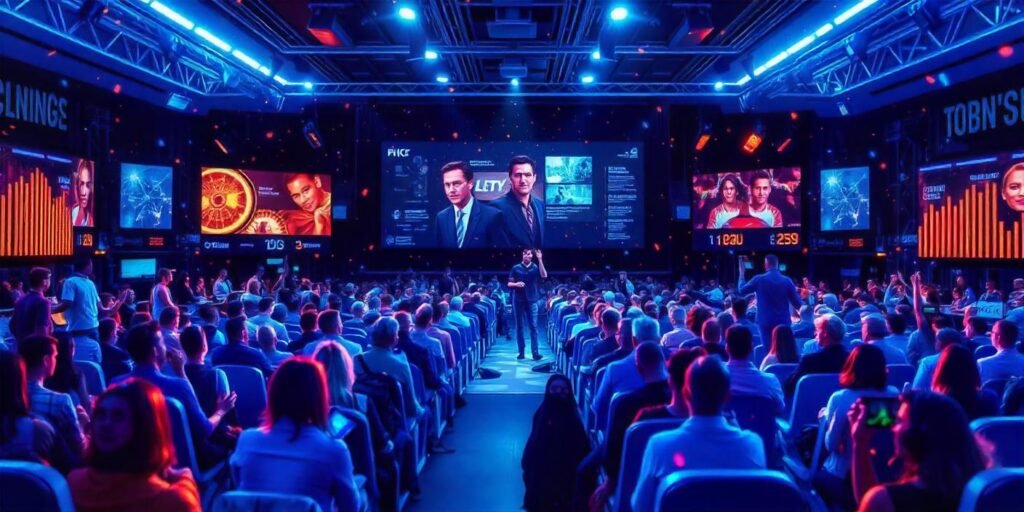
Enhancing Creativity and Efficiency
1. Rapid Prototyping
One of the most significant advantages of generative AI in motion graphics is its ability to facilitate rapid prototyping. Designers can quickly generate multiple iterations of a concept, allowing them to experiment with various styles, colors, and animations. This capability not only speeds up the design process but also fosters greater creativity, as designers are encouraged to explore diverse possibilities without the constraints of traditional workflows.
2. Automation of Routine Tasks
Generative AI can automate many of the time-consuming tasks associated with motion graphics design, such as rendering, keyframing, and even certain aspects of animation. By offloading these repetitive tasks to AI, designers can focus on more strategic and creative elements of their projects. This not only increases productivity but also leads to higher quality work as designers invest their time and energy into the parts of the project that require human insight and creativity.
Personalization and Customization
3. Tailored Content Creation
Generative AI allows for the creation of highly personalized content that resonates with specific audiences. By analyzing user data, AI can generate motion graphics that cater to individual preferences and behaviors. This level of personalization is particularly valuable in marketing and advertising, where tailored content can significantly enhance engagement and conversion rates.
4. Dynamic Content for Various Platforms
With the rise of digital marketing, brands are often required to produce content for multiple platforms, each with different requirements and formats. Generative AI can create dynamic content that adapts to various specifications, ensuring consistency while catering to the unique characteristics of each platform. This adaptability is crucial in today’s fast-paced digital landscape, where attention spans are short, and competition is fierce.
Challenges and Considerations
While the benefits of generative AI in motion graphics are substantial, there are also challenges that designers and studios must navigate.
5. Quality Control
One major concern with generative AI is the potential for compromised quality. As AI generates content based on learned patterns, it may inadvertently produce designs that lack the nuanced creativity of a human touch. Designers must remain vigilant, reviewing and refining AI-generated content to ensure it meets their creative standards and aligns with their vision.
6. Ethical Considerations
The rise of generative AI also raises ethical questions regarding originality and authorship. As AI generates content based on existing data, the line between inspiration and plagiarism can become blurred. Designers must be aware of these issues and establish clear guidelines for using AI-generated content responsibly.
The Future of Motion Graphics Design
As generative AI continues to evolve, its integration into motion graphics design will likely deepen. Here are some potential future trends:
7. Collaborative Workflows
The future of motion graphics may see more collaborative workflows between human designers and AI. Rather than replacing human creativity, generative AI will serve as a powerful assistant, offering suggestions, automating tedious tasks, and enhancing the overall creative process. This partnership could lead to innovative design solutions that neither humans nor AI could achieve alone.
8. AI-Driven Analytics
In the coming years, we may see the incorporation of AI-driven analytics into the motion graphics design process. By analyzing viewer engagement and feedback, AI could provide insights that help designers refine their work for maximum impact. This data-driven approach would enable motion graphics designers to create content that resonates more deeply with audiences.
Future Forecast and Impact of Generative AI on the Global Motion Graphics Industry
The integration of generative AI in motion graphics is set to revolutionize the industry, impacting various sectors worldwide. Here are some key forecasts and implications:
1. Increased Demand for Dynamic Content
As brands and organizations recognize the value of personalized and engaging content, the demand for motion graphics that can be quickly adapted and tailored will rise. This will lead to a surge in motion graphics production, driving growth in the industry.
2. Enhanced Collaboration Across Disciplines
Generative AI will foster interdisciplinary collaboration, blending skills from design, marketing, and data analytics. This synergy will result in more cohesive and effective campaigns, as teams leverage AI to create visually stunning and strategically targeted content.
3. Job Evolution Rather Than Replacement
While there may be concerns about job displacement due to automation, the reality is likely to be different. Instead of replacing designers, generative AI will redefine their roles, enabling them to focus on high-level creative decision-making and strategy. Designers will evolve into curators and strategists who guide AI tools rather than traditional animators.
4. Global Market Expansion
The accessibility of generative AI tools will democratize motion graphics design, allowing smaller studios and individual creators to compete on a global scale. This will lead to a more diverse array of voices and styles in motion graphics, enriching the industry and catering to a broader audience.
5. Real-Time Content Adaptation
As AI technology advances, real-time content generation and adaptation will become feasible. This capability will allow brands to respond instantly to audience feedback and trends, significantly enhancing their engagement strategies and effectiveness.
6. Ethical and Regulatory Developments
With the rise of AI-generated content, ethical considerations will take center stage. The industry may see the emergence of regulations and standards to ensure transparency, authorship, and the responsible use of AI tools. This will encourage best practices and protect both creators and consumers.
7. Focus on Sustainability
Generative AI can optimize resources in motion graphics production, reducing waste and energy consumption. As the industry becomes more conscious of its environmental impact, AI can play a critical role in promoting sustainable practices.
8. Emerging Technologies Integration
The convergence of generative AI with other technologies like virtual reality (VR) and augmented reality (AR) will open new frontiers for motion graphics. These innovations will enable immersive experiences that blend real and digital worlds, pushing the boundaries of visual storytelling.
Overall
The future of motion graphics, fueled by generative AI, is poised for significant transformation. As the global industry adapts to these changes, it will foster creativity, efficiency, and innovation. By embracing AI as a collaborative partner, motion graphics professionals can navigate this evolving landscape, ensuring their work remains impactful and relevant in an increasingly digital world. The convergence of technology and creativity will not only redefine the industry but also enhance the ways we communicate and connect through visual media.

